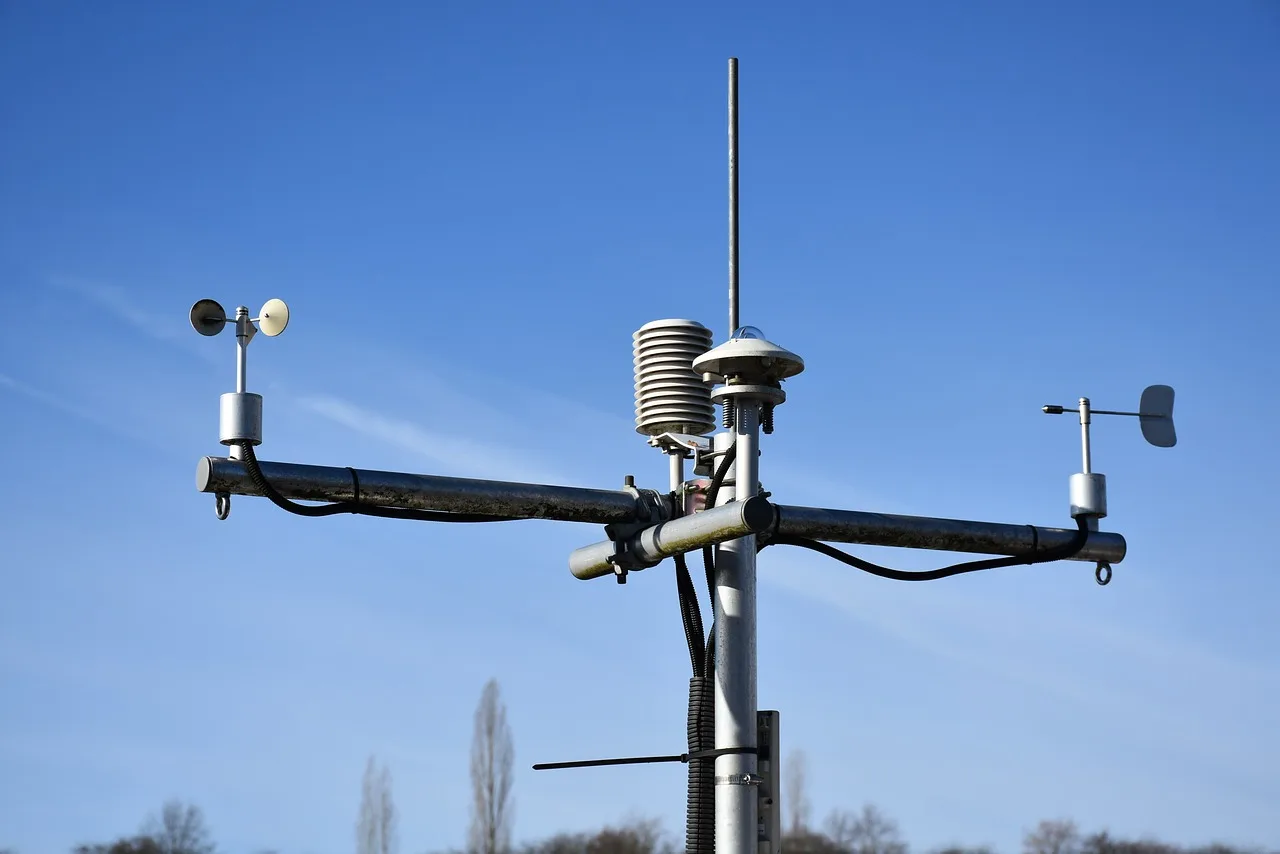In today’s modern homes, integrating smart technology during the smart home new construction phase is becoming increasingly essential. This strategic planning offers numerous advantages, including seamless installation, optimal performance, and a more aesthetically pleasing finished product. By incorporating essential smart home devices during construction, homeowners can avoid the need for disruptive and often costly retrofitting projects later on. In this article, we’ll delve into the importance of planning for and integrating smart home devices during the smart home new construction process.

Table of Contents
- Introduction
- Smart Thermostat
- Smart Lighting System
- Home Security System
- Smart Door Locks
- Smart Smoke and Carbon Monoxide Detectors
- Smart Irrigation System
- Conclusion
Introduction
When constructing a new home, planning for the integration of essential smart home devices during the initial stages is crucial. This proactive approach offers several benefits. Firstly, fitting these devices during construction allows for seamless installation. Electricians and plumbers can incorporate necessary wiring and mounting locations during the construction process, minimizing disruption and ensuring a clean, finished look. Secondly, it avoids the need for disruptive retrofitting operations down the line. Retrofitting often involves drilling holes, running wires through existing walls, and potentially causing damage to finishes. By planning ahead, homeowners can avoid these hassles and expenses.
Smart Thermostat
During HVAC system installation in your smart home new construction project, planning for a smart thermostat offers significant advantages. Here’s what to consider:
- Compatibility: Ensure the chosen smart thermostat is compatible with your HVAC system (e.g., forced air, radiant heat).
- Features: Popular features include remote access control, learning algorithms that adjust temperatures based on usage patterns, and integration with other smart home devices for creating automated routines (e.g., lowering the temperature at night or when nobody is home).
- Wiring: Work with your electrician to pre-wire the location for the smart thermostat during new construction. This eliminates the need for visible surface wiring later.
By incorporating a smart thermostat during construction, homeowners can enjoy energy savings of up to 30% according to the Department of Energy, along with the convenience of controlling the temperature remotely.
Smart Lighting System
Planning for a smart lighting system during construction involves more than just picking out cool light fixtures. Here’s a breakdown:
- Pre-wiring: Have your electrician pre-wire lighting fixtures and switches to accommodate smart bulbs or control panels in your smart home new construction. This allows for easy installation and avoids the need to replace existing switches later.
- Dimmers and Sensors: Consider incorporating smart dimmers and occupancy sensors. Dimmers allow for adjustable lighting levels, while occupancy sensors automatically turn lights on and off based on movement, further enhancing energy efficiency in your new construction.
- Voice control compatibility: If interested in voice control, choose a system compatible with virtual assistants like Amazon Alexa or Google Assistant for a truly smart home experience.
By planning for a smart lighting system during construction, homeowners can enjoy the benefits of customizable lighting scenes, improved energy efficiency, and the convenience of hands-free control.
Home Security System
Integrating a home security system during construction requires careful planning for comprehensive security coverage:
- Security Hub: Choose a central hub that connects to all your smart security devices in your smart home new construction. This allows for centralized monitoring and control.
- Sensors: Plan for strategically placed door and window sensors to detect unauthorized entry. Additionally, consider motion sensors for interior spaces and glass break sensors for vulnerable areas, fortifying the security of your smart home new construction.
- Cameras: Discuss options for indoor and outdoor cameras with your builder during construction. Consider weatherproof cameras for outdoor use and night vision capabilities for around-the-clock monitoring.
- Alarm System: Integrate an alarm system with your smart home hub for audible alerts and potential remote notification in case of a break-in, keeping your smart home secure.
By planning for a smart home security system during construction, homeowners gain peace of mind knowing their home is comprehensively protected. Furthermore, some insurance companies offer discounts for homes with monitored security systems.
Smart Door Locks
Pre-fitting doors with compatible hardware and wiring during smart home new construction allows for seamless integration of smart door locks:
- Compatibility: Ensure chosen smart locks are compatible with your door type (e.g., deadbolt, handle lock) and material (e.g., wood, metal) during your project.
- Features: Consider features like keyless entry via smartphone app, keypad access for codes, and integration with other smart home devices for creating automated routines (e.g., unlocking the door when your phone arrives home).
With smart door locks incorporated during construction, homeowners can enjoy the convenience of Smart Home Accessibility features like keyless entry, remote access control, and the ability to grant temporary access to guests or service providers.
Smart Smoke and Carbon Monoxide Detectors
During construction, wiring smart smoke and carbon monoxide detectors into the electrical system offers several benefits for your new construction:
- Interconnectivity: Choose interconnected smart detectors that can communicate with each other. If one detector senses smoke or CO, all detectors will sound an alarm throughout the house, maximizing safety in your smart home new construction.
- Mobile Alerts: Select detectors with Wi-Fi or cellular connectivity to receive real-time mobile alerts in case of an emergency, even if you’re away from home, providing an extra layer of security for your smart home new construction.
- Long-lasting Battery Options: Consider detectors with long-lasting, sealed batteries that eliminate the need for frequent replacements, reducing maintenance needs in your smart home.
By integrating smart smoke and carbon monoxide detectors during smart home new construction, homeowners gain an extra layer of safety and peace of mind knowing they’ll be alerted to potential hazards immediately.
Smart Irrigation System
Laying down irrigation lines and installing controllers for a smart irrigation system during landscaping offers significant advantages in water management for your construction:
- Zoning: Plan for a system with zoning capabilities to allow for customized watering schedules for different areas of your yard (e.g., flower beds vs. lawn), optimizing water usage in your smart home new construction.
- Weather Integration: Choose a controller that integrates with weather data to automatically adjust watering schedules based on rainfall and temperature, preventing overwatering and promoting water conservation in your smart home new construction.
- Water Conservation: Smart irrigation systems can help homeowners conserve water by optimizing watering schedules and identifying areas of potential waste, making your smart home new construction more eco-friendly.
By incorporating a smart irrigation system during smart home new construction, homeowners can promote healthy plant growth, conserve water resources, and potentially reduce their water bills.
Conclusion
Fitting essential smart home devices during new construction is an investment that pays off in multiple ways. Homeowners can experience a more convenient, comfortable, and secure living environment while also maximizing energy and water efficiency. By planning and integrating these devices during the initial stages of construction, homeowners can enjoy a seamlessly connected and efficient smart home from the ground up.


